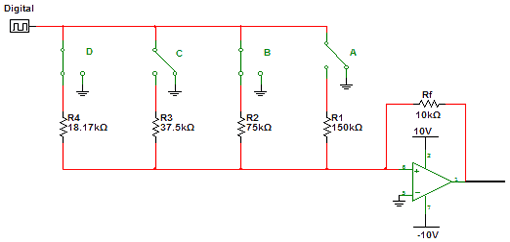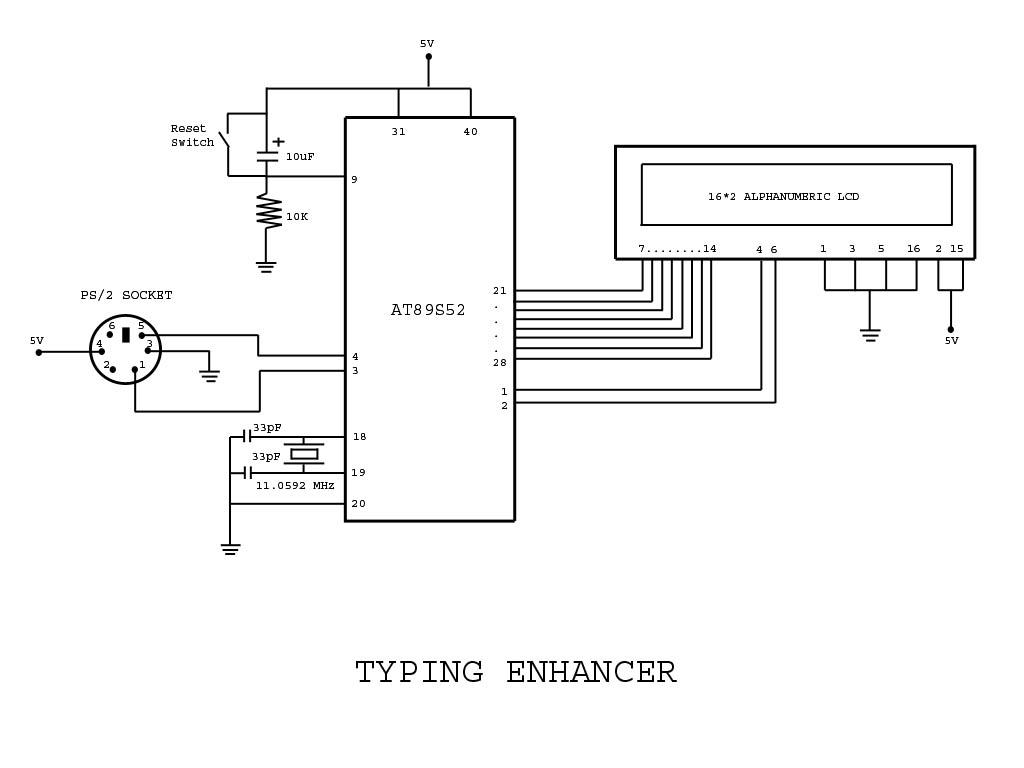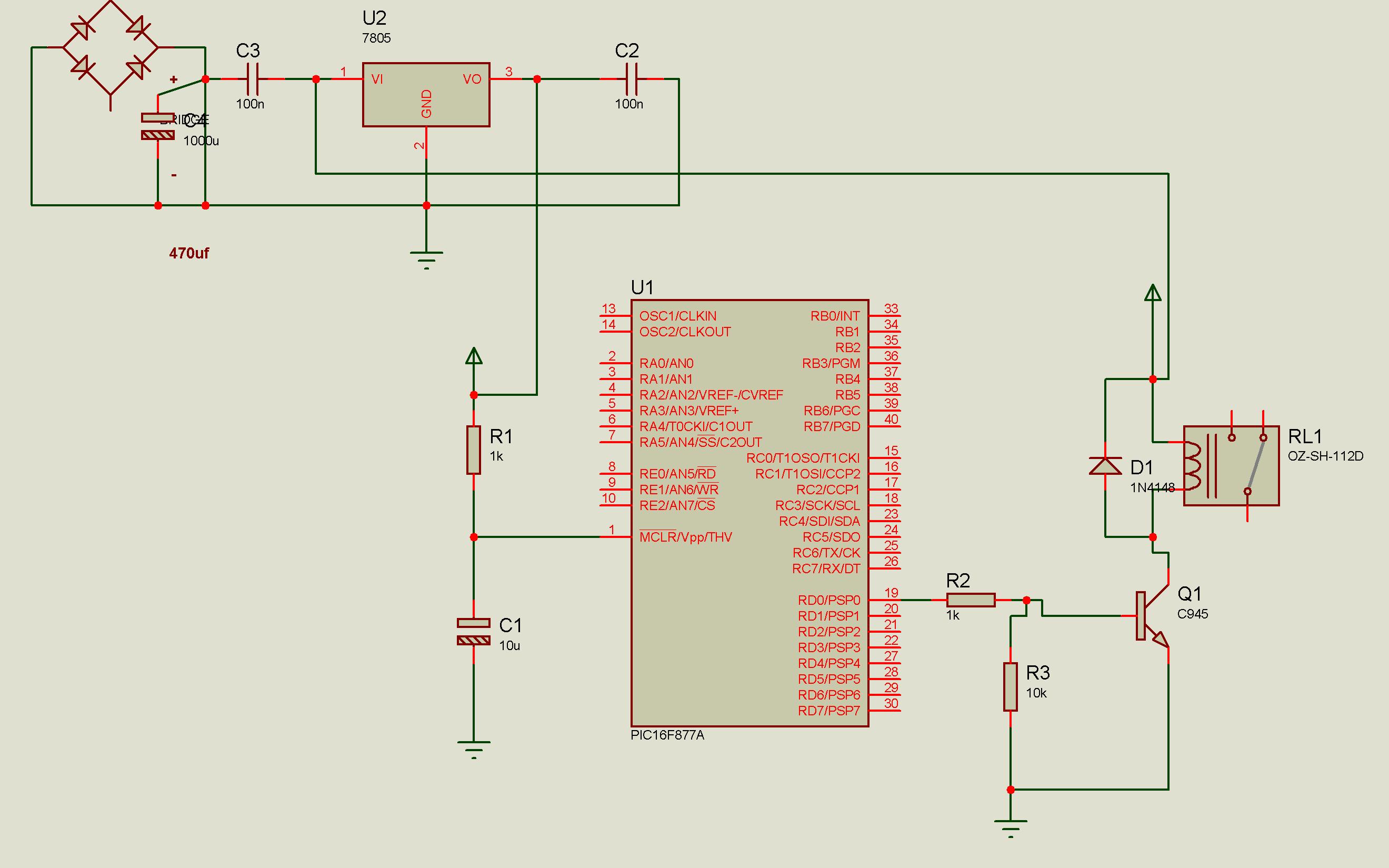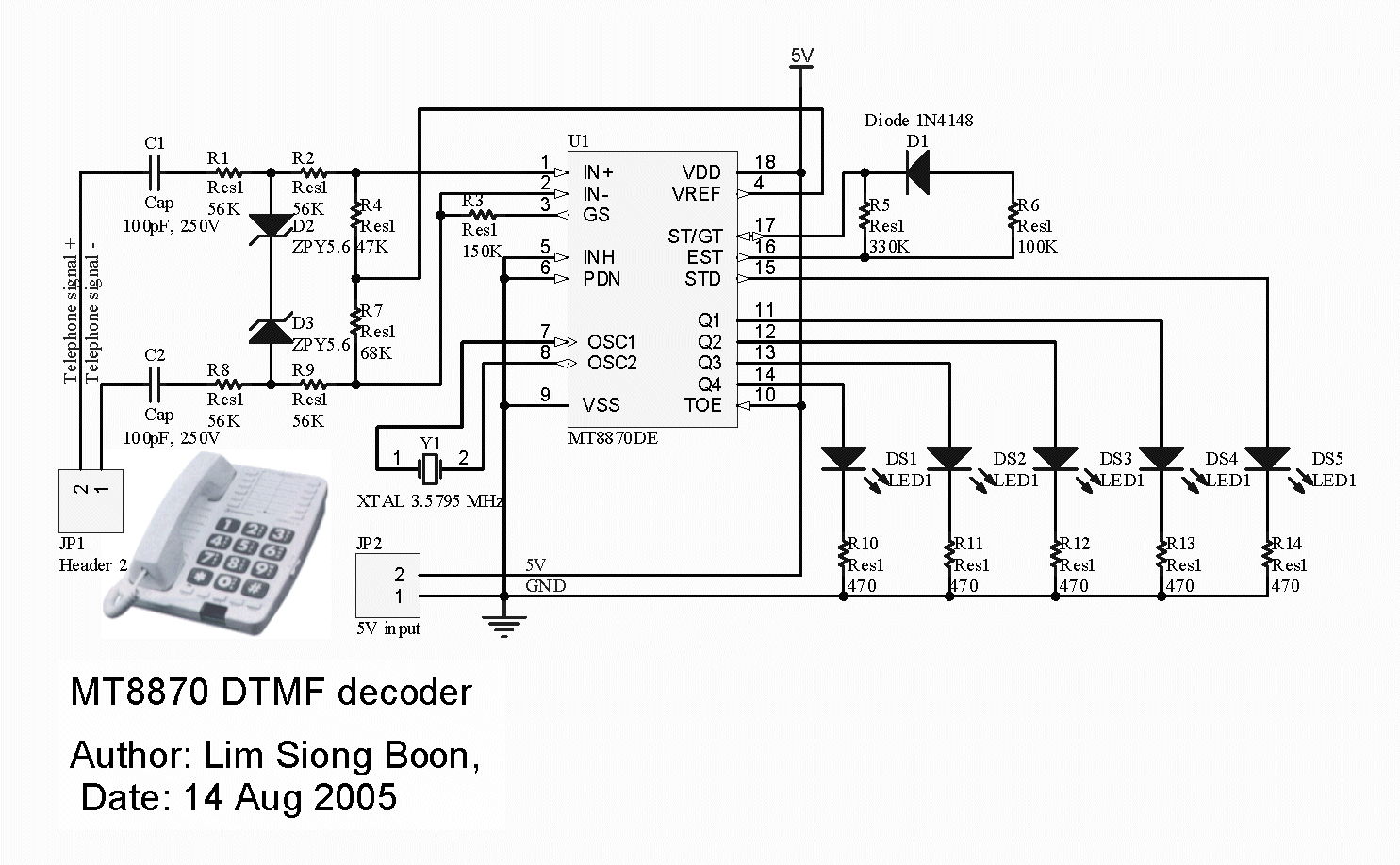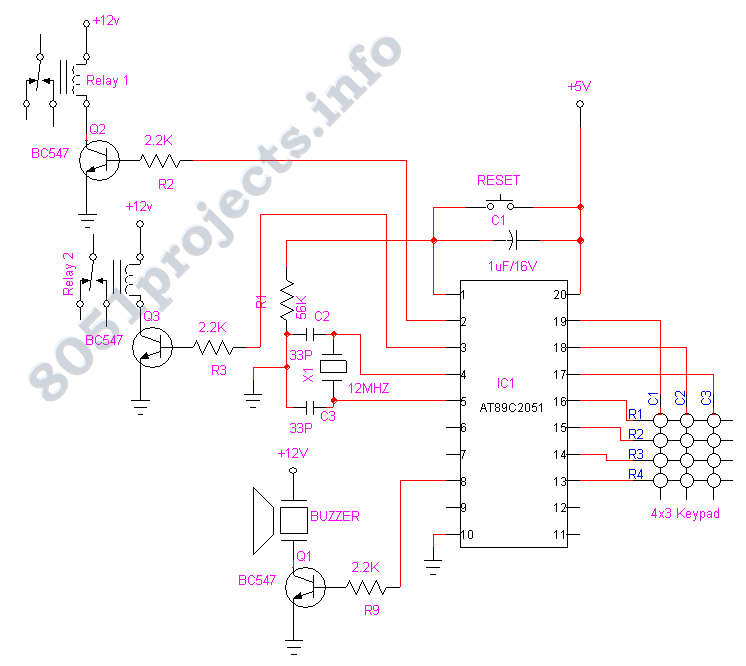
pic16f877 external interrupt code and proteus simulation
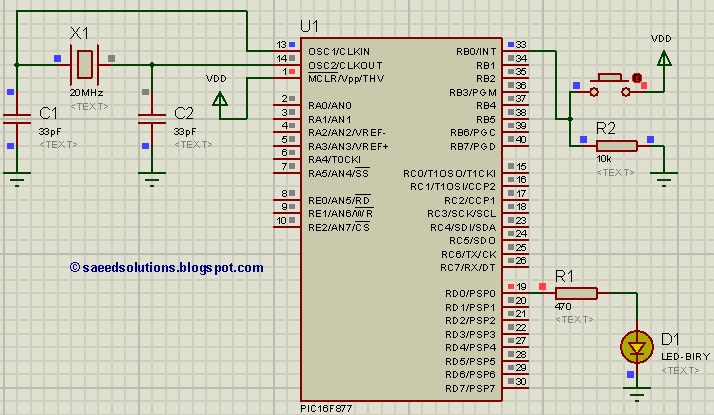
This post addresses the question, "How to capture a pulse to generate an interrupt in PIC16F877?" Additionally, the PIC16 simulator (Proteus) can be utilized for verification.
To capture a pulse and generate an interrupt in the PIC16F877 microcontroller, the configuration of the External Interrupt feature is essential. The PIC16F877 has an external interrupt pin (INT) that can be triggered by a change in voltage level, such as a rising or falling edge of a pulse.
The initial step involves setting up the appropriate registers. The INTCON register must be configured to enable the external interrupt. Specifically, the INT0IE (External Interrupt Enable) bit should be set to enable the interrupt. Additionally, the INTCON register's GIE (Global Interrupt Enable) bit must be set to allow global interrupts.
The edge-triggering configuration can be controlled through the OPTION_REG register. The INTEDG (Interrupt Edge Select) bit determines whether the interrupt is triggered on a rising edge or a falling edge. Setting this bit to '1' enables the interrupt on the rising edge, while setting it to '0' enables it on the falling edge.
Once the hardware setup is complete, the microcontroller will respond to the pulse by executing the interrupt service routine (ISR) defined in the program. The ISR should be written to handle the specific actions required when the interrupt occurs, such as toggling an LED or reading a sensor value.
For verification, the PIC16 simulator (Proteus) can be employed. By simulating the circuit, the pulse can be generated, and the behavior of the microcontroller can be observed in response to the interrupt. This allows for effective testing and debugging of the implemented logic before deploying the hardware.
In summary, capturing a pulse to generate an interrupt in the PIC16F877 involves configuring the external interrupt settings, defining the ISR, and utilizing simulation tools like Proteus for verification. This approach ensures that the microcontroller can effectively respond to external events in real-time applications.This post answers the question, ""How to capture a pulse to generate an interrupt in PIC16F877"" ? Also, using PIC16 simulator (Proteus) you can verify this.. 🔗 External reference
To capture a pulse and generate an interrupt in the PIC16F877 microcontroller, the configuration of the External Interrupt feature is essential. The PIC16F877 has an external interrupt pin (INT) that can be triggered by a change in voltage level, such as a rising or falling edge of a pulse.
The initial step involves setting up the appropriate registers. The INTCON register must be configured to enable the external interrupt. Specifically, the INT0IE (External Interrupt Enable) bit should be set to enable the interrupt. Additionally, the INTCON register's GIE (Global Interrupt Enable) bit must be set to allow global interrupts.
The edge-triggering configuration can be controlled through the OPTION_REG register. The INTEDG (Interrupt Edge Select) bit determines whether the interrupt is triggered on a rising edge or a falling edge. Setting this bit to '1' enables the interrupt on the rising edge, while setting it to '0' enables it on the falling edge.
Once the hardware setup is complete, the microcontroller will respond to the pulse by executing the interrupt service routine (ISR) defined in the program. The ISR should be written to handle the specific actions required when the interrupt occurs, such as toggling an LED or reading a sensor value.
For verification, the PIC16 simulator (Proteus) can be employed. By simulating the circuit, the pulse can be generated, and the behavior of the microcontroller can be observed in response to the interrupt. This allows for effective testing and debugging of the implemented logic before deploying the hardware.
In summary, capturing a pulse to generate an interrupt in the PIC16F877 involves configuring the external interrupt settings, defining the ISR, and utilizing simulation tools like Proteus for verification. This approach ensures that the microcontroller can effectively respond to external events in real-time applications.This post answers the question, ""How to capture a pulse to generate an interrupt in PIC16F877"" ? Also, using PIC16 simulator (Proteus) you can verify this.. 🔗 External reference
